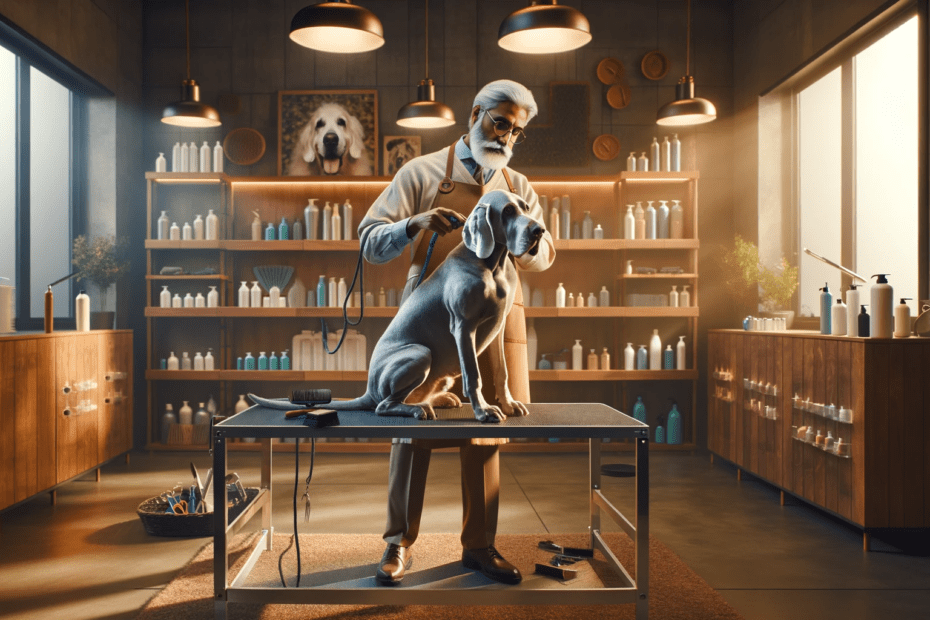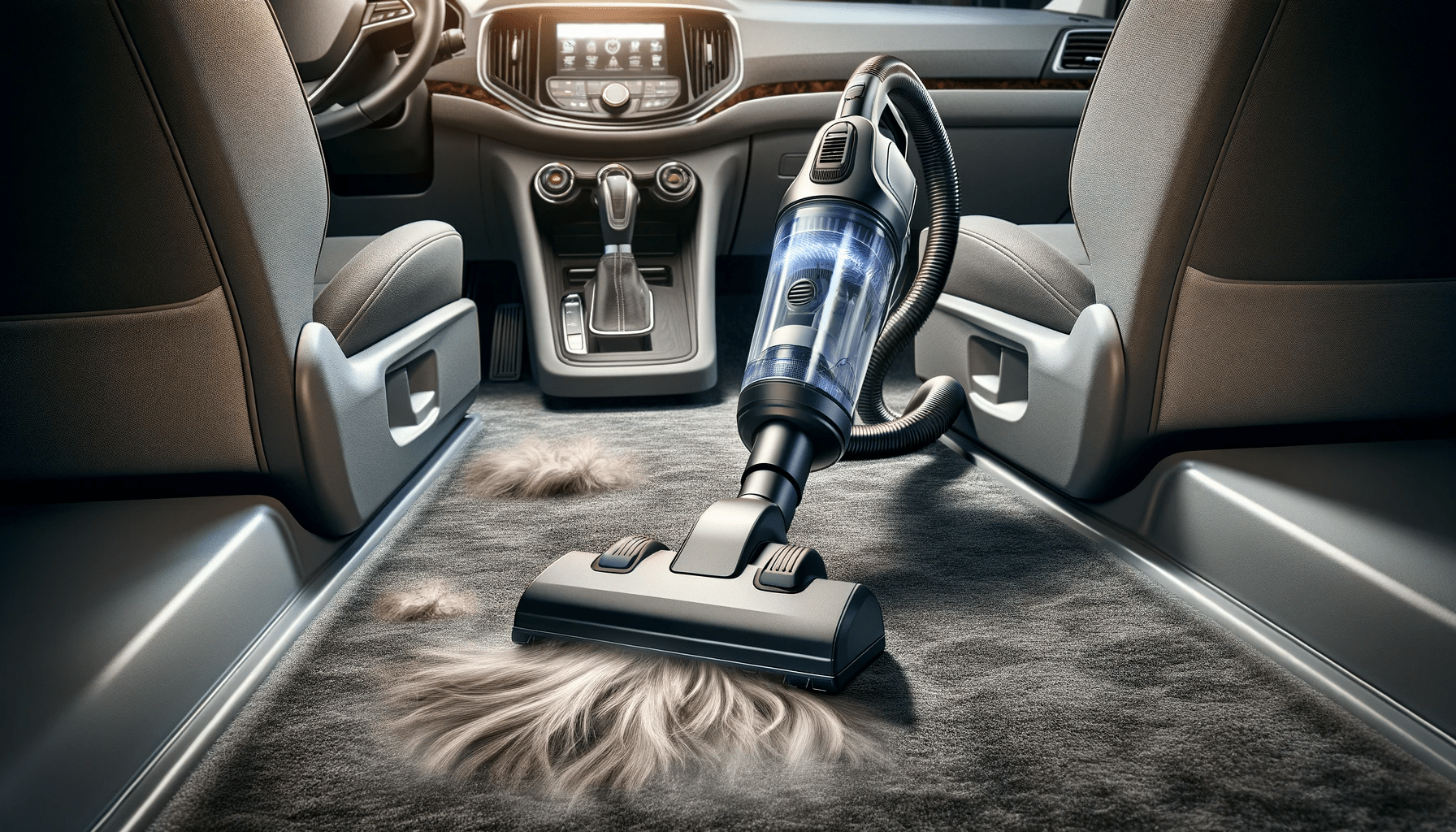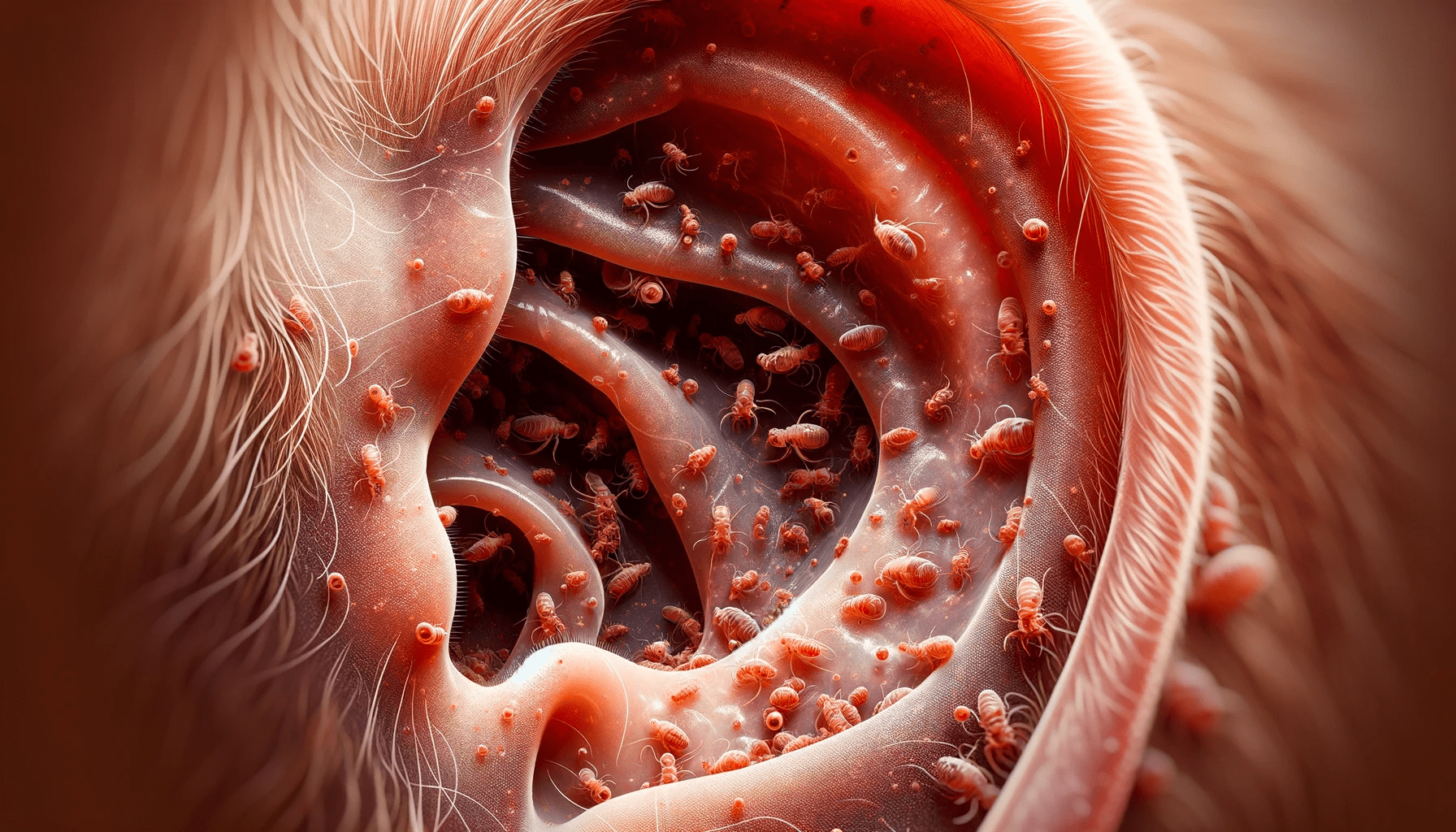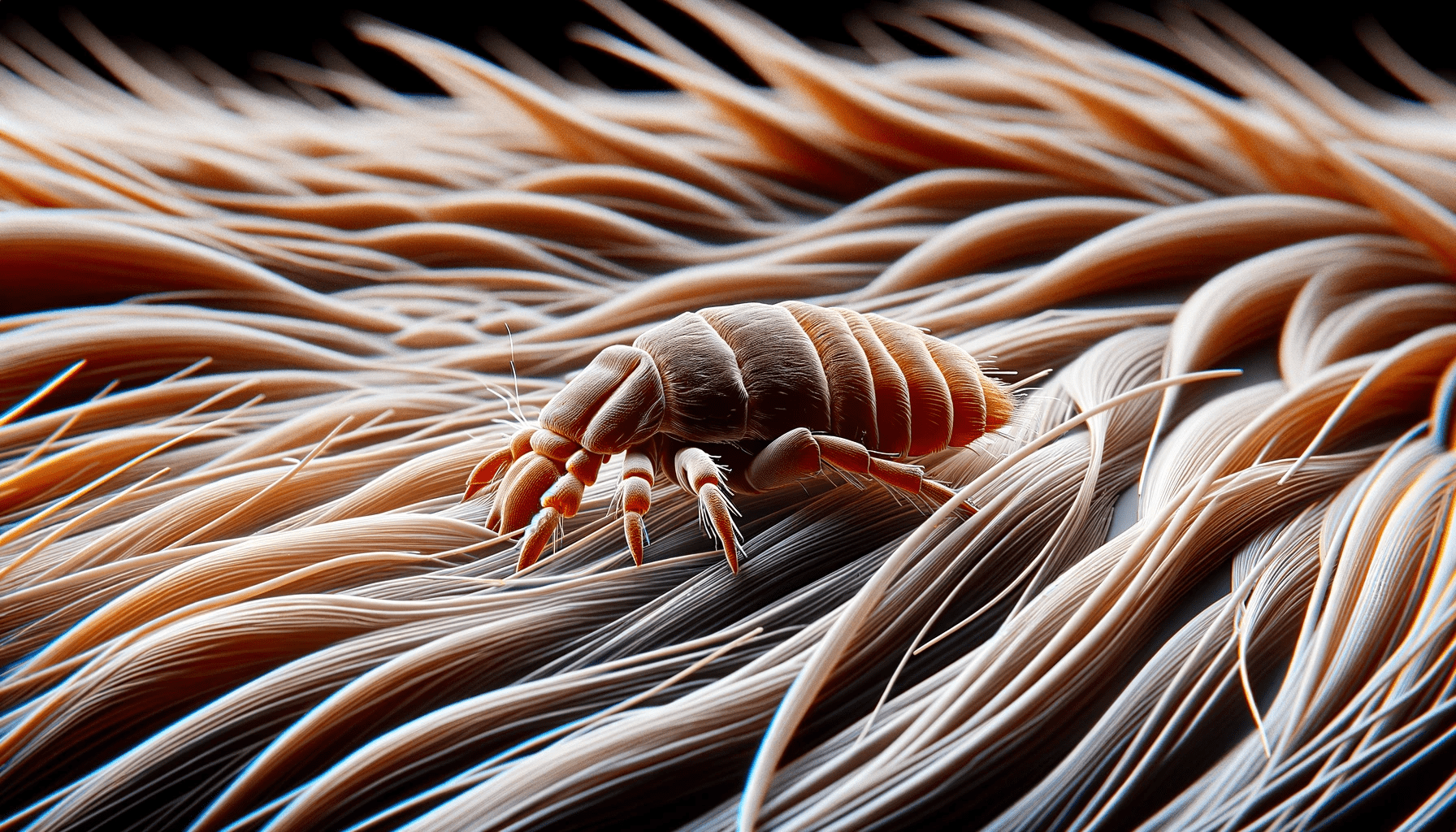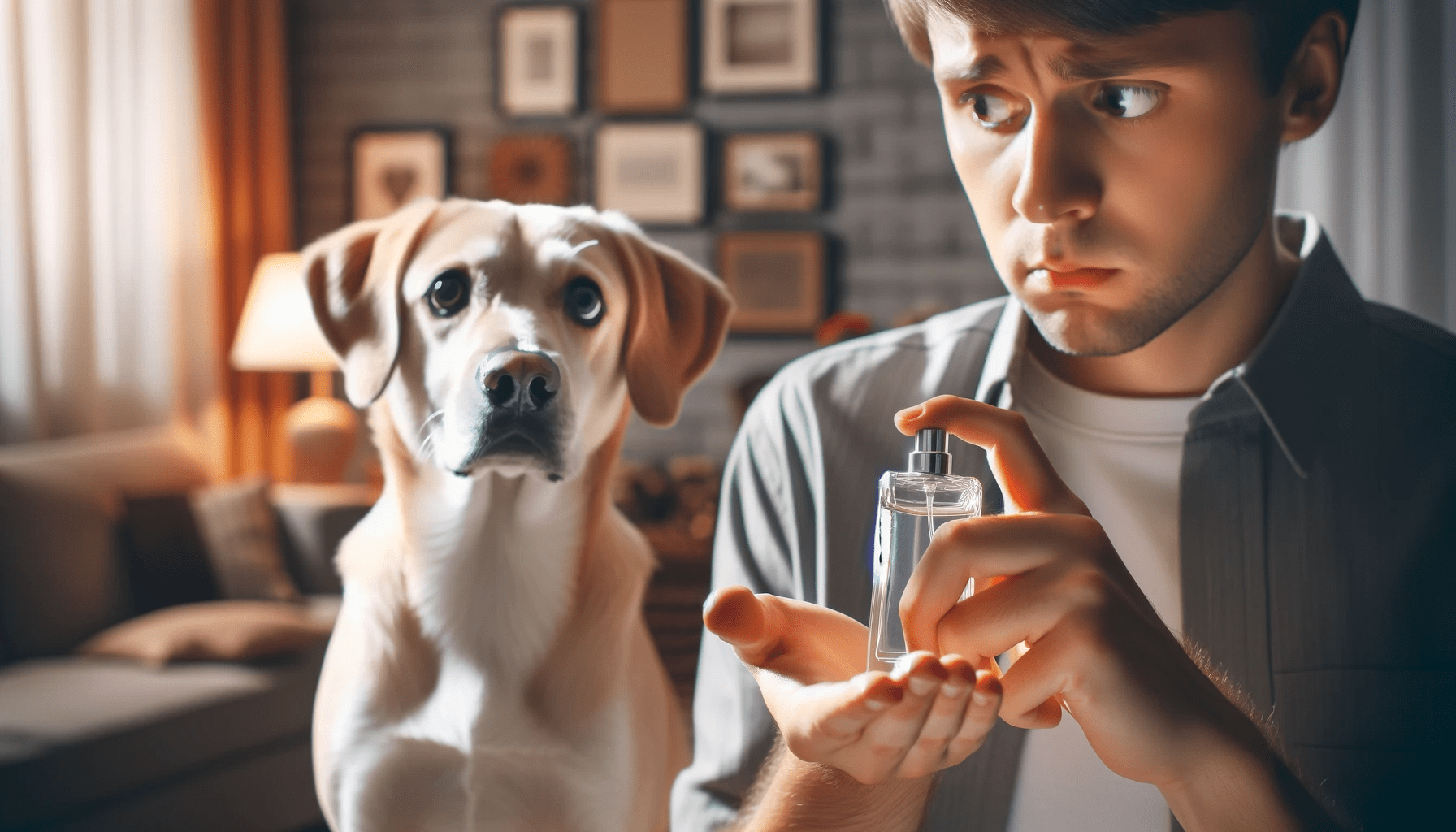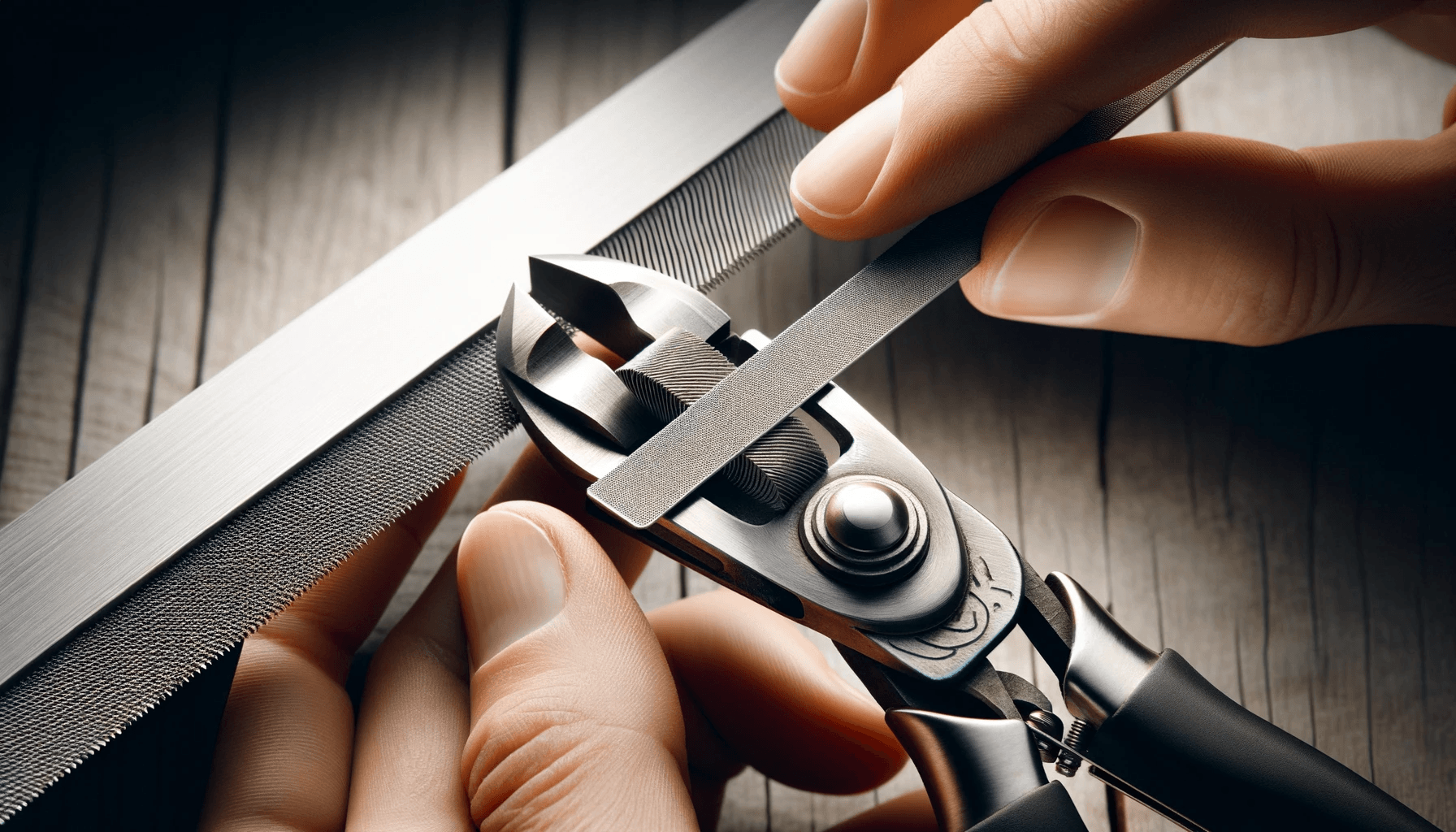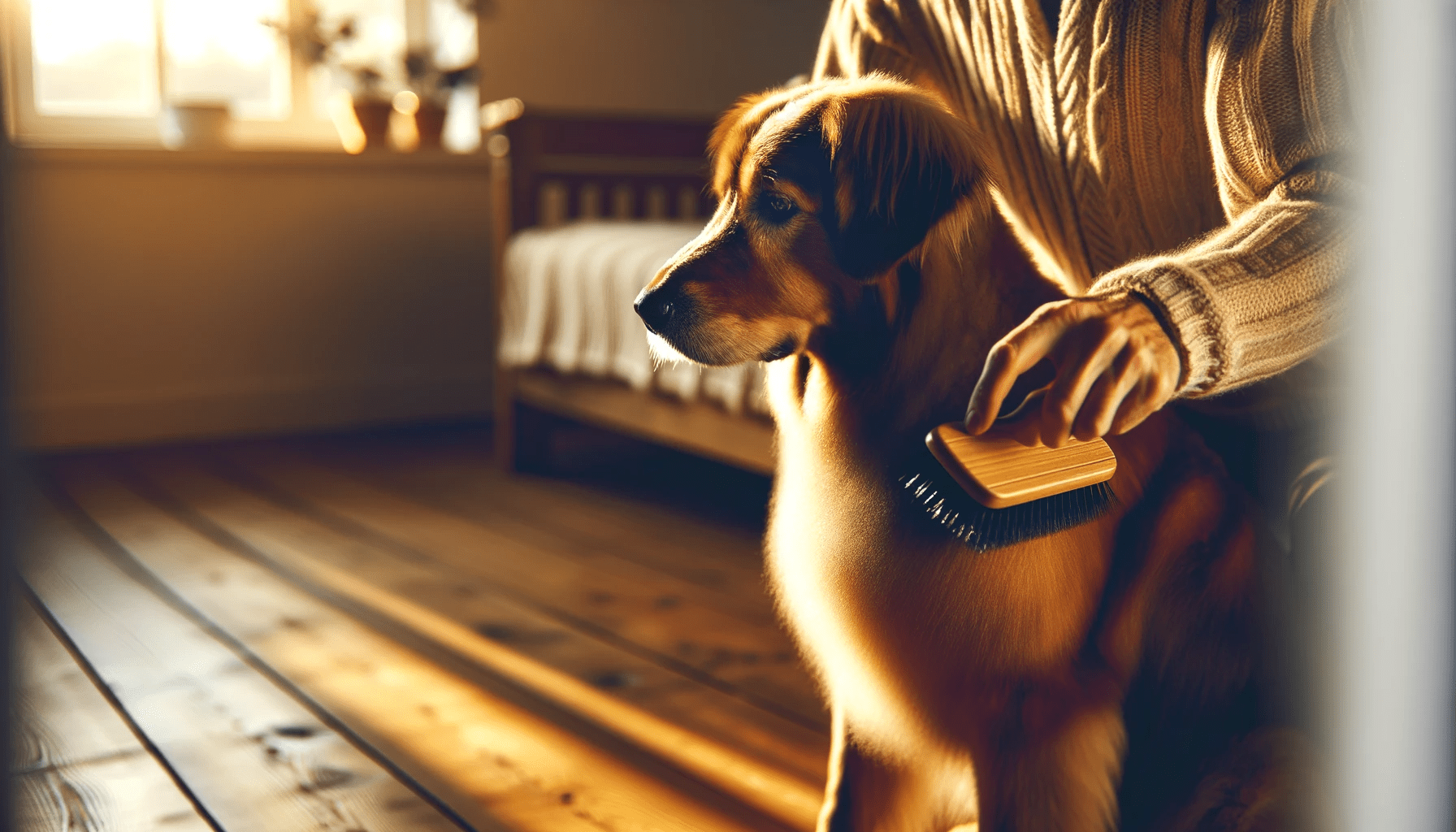Are you struggling to keep up with your older dog's grooming needs? Don't worry, we've got you covered with expert tips to make the process easier.
As your furry friend ages, their grooming routine needs some adjustments. From gentle brushing techniques to promoting skin and coat health, we'll show you how to keep your senior dog looking and feeling their best.
Plus, we'll provide special considerations for grooming dogs with health issues. Get ready to give your older pup some extra love and care!
Key Takeaways
- Use gentle grooming products with natural ingredients and no harsh chemicals.
- Be mindful of joint stiffness and adjust handling techniques during grooming.
- Incorporate dietary supplements, such as Omega-3 fatty acids, for skin and coat health.
- Regularly consult with a veterinarian to address any health issues and maintain a healthy diet for your senior dog.
Understanding Your Senior Dog's Grooming Needs
Do you know how to meet your senior dog's grooming needs? As your furry companion grows older, their grooming requirements may change. It's important to understand these needs and provide the best care possible.
When it comes to grooming senior dogs, there are certain products and tools that can make the process easier and more comfortable for them.
One of the top senior dog grooming products you should consider is a gentle shampoo specifically formulated for older dogs. These shampoos are designed to be milder on their sensitive skin and coat, reducing the risk of irritation. Look for products that contain natural ingredients and are free from harsh chemicals.
In addition to a gentle shampoo, investing in the best grooming tools for older dogs can greatly benefit your furry friend. A slicker brush with soft bristles is ideal for removing loose hair and tangles without causing discomfort. A comb with wide-spaced teeth can help detangle long hair and prevent matting.
Furthermore, nail trimming is an essential part of senior dog grooming. Older dogs often have thicker nails that can become overgrown and cause discomfort. Using a quality nail clipper designed for large breeds can make this task easier and safer.
Adjusting Grooming Routines for Older Canines
As your furry companion grows older, you'll need to adapt and modify your grooming routine to cater to their changing needs. Adjusting grooming techniques and using the right grooming tools for older dogs can help make the process more comfortable for them.
One important aspect to consider is your dog's mobility. As they age, they may experience joint pain or arthritis, making it difficult for them to stand or stay in certain positions for extended periods. To accommodate this, consider using grooming tables with adjustable heights, allowing your dog to be at a comfortable level during grooming sessions. Additionally, using non-slip mats on the grooming table or in the bathtub can help prevent accidents and provide stability for your older dog.
When it comes to brushing and bathing, it's important to be gentle and patient. Older dogs may have sensitive skin, so using a soft bristle brush or a grooming mitt can help avoid any discomfort. It's also a good idea to choose a mild, hypoallergenic shampoo specifically formulated for older dogs to prevent any irritation.
Trimming your dog's nails is another important part of grooming. As dogs age, their nails may become brittle and more prone to splitting. Using a grinder instead of clippers can help prevent accidents and ensure a smoother, safer trim.
Gentle Brushing Techniques for Aging Dogs
When grooming your aging dog, it's important to take extra care due to their delicate skin. Use a soft-bristled brush and gentle strokes to avoid causing any discomfort or irritation.
Additionally, be mindful of their joint stiffness and adjust your handling techniques accordingly to minimize any potential pain or discomfort during the grooming process.
Delicate Skin Care
To properly care for your aging dog's delicate skin, it's essential to approach brushing with gentle techniques. Aging dogs often develop sensitive skin, so it's crucial to use the right products and techniques to keep their skin healthy and comfortable.
When choosing grooming products, opt for those specifically formulated for sensitive skin care. Look for soothing bath products that contain natural ingredients, such as oatmeal or aloe vera, which can help alleviate any itching or irritation.
When brushing your dog, use a soft-bristled brush or a grooming glove to avoid causing any discomfort or damaging the skin. Be gentle and go slowly, paying extra attention to areas with thinning or fragile skin.
Handling Joint Stiffness
For effective grooming of your aging dog with joint stiffness, there are several strategies you can implement. First, brush them gently using a soft-bristled brush or a grooming glove. This will help keep their coat clean and free from tangles while minimizing any discomfort caused by their stiff joints.
In addition to brushing, incorporating joint supplements into their diet can provide them with the necessary nutrients to support joint health and reduce inflammation. This can help improve their overall mobility and comfort during grooming sessions.
Furthermore, there are three massage techniques that can further alleviate discomfort and improve mobility. The first technique is effleurage, which involves using long, sweeping strokes with gentle pressure to massage your dog's muscles and joints. This helps increase circulation and relax their muscles.
The second technique is petrissage, which involves gently kneading and squeezing your dog's muscles to relieve tension and improve flexibility. This technique can help release any built-up tension in their muscles, providing them with further relief.
Finally, passive range of motion is a technique where you gently move your dog's joints through their full range of motion. This helps maintain flexibility and prevent stiffness in their joints.
Minimizing Discomfort During Grooming
To minimize discomfort during grooming for your aging dog, gently brush their coat using a soft-bristled brush or grooming glove. Older dogs may experience joint stiffness and sensitive skin, so it's important to use gentle brushing techniques to minimize grooming stress.
Start by choosing the right grooming tools for your aging dog. A soft-bristled brush or grooming glove is ideal for their delicate skin. These tools provide a soothing sensation and help remove loose hair and tangles without causing any pain or discomfort.
When brushing, use gentle, slow strokes to avoid putting too much pressure on their joints. Take your time and be patient with your furry friend.
Regular grooming sessions won't only keep their coat clean and healthy, but also help them relax and bond with you.
Promoting Skin and Coat Health in Senior Dogs
To promote skin and coat health in your senior dog, there are two key points to consider.
First, incorporating dietary supplements into their daily routine can provide essential nutrients that support skin and coat health. Omega-3 fatty acids, in particular, can help reduce inflammation and improve the condition of their skin and coat.
Second, establishing a regular grooming routine is essential. This includes regular brushing to remove loose fur and distribute natural oils, which can help maintain a healthy coat and prevent matting.
Dietary Supplements for Seniors
Boost your senior dog's skin and coat health with the right dietary supplements. As dogs age, their skin and coat may become dull and dry, making them more prone to itching and irritation. To address this issue, consider incorporating the following dietary supplements into your senior dog's routine:
- Omega-3 Fatty Acids: These essential fatty acids promote healthy skin and a shiny coat. They also have anti-inflammatory properties that can benefit joint health and mobility support.
- Biotin: This B-vitamin helps support the growth of healthy skin cells and promotes a lustrous coat. It can help alleviate dry, flaky skin and reduce shedding.
- Vitamin E: As a powerful antioxidant, vitamin E helps protect the skin from damage caused by free radicals. It also aids in maintaining healthy skin and coat.
Regular Grooming Routine
Maintaining a regular grooming routine is essential for promoting the skin and coat health of your senior dog. As your dog ages, their skin becomes more sensitive and their coat may become dull or dry. By maintaining hygiene through regular grooming, you can help prevent skin issues such as dryness, itching, and infections.
When choosing grooming products for your older dog, opt for gentle and moisturizing options specifically designed for senior dogs. Look for shampoos and conditioners that contain natural ingredients like oatmeal, aloe vera, or coconut oil to soothe and nourish their skin. Additionally, consider using a brush or comb with soft bristles to prevent any discomfort or irritation.
Regular grooming not only keeps your senior dog looking their best but also promotes a healthy overall well-being.
Trimming Nails and Managing Paw Care in Older Dogs
Keep your older dog's nails trimmed and their paws well cared for to ensure their comfort and mobility. As dogs age, their nails tend to grow longer and thicker, which can cause discomfort and even lead to mobility issues.
Here are some expert tips to help you with trimming your older dog's nails and managing their paw care:
- Regular nail trims: Schedule regular nail trims to keep your dog's nails at an appropriate length. Long nails can make it difficult for your dog to walk and may even cause them pain. Use a quality nail trimmer designed for dogs and take care not to cut too close to the quick, which can cause bleeding. If you're unsure, consult your veterinarian or a professional groomer.
- Nail grinding: Consider using a nail grinder instead of clippers. Nail grinders are a great alternative, especially for older dogs with thicker nails. They slowly grind down the nails, making it easier to achieve the desired length without the risk of cutting the quick. Be patient and reward your dog with treats and praise to make the experience positive.
- Paw massage: Regular paw massages can help improve circulation, reduce inflammation, and provide comfort for your older dog. Gently massage each paw using your fingers in a circular motion, paying attention to the pads and between the toes. This can also help you detect any lumps, bumps, or injuries that may require veterinary attention.
Special Considerations for Grooming Senior Dogs With Health Issues
To ensure the well-being of your senior dog with health issues, it's important to address their unique grooming needs. Managing dental hygiene is crucial for their overall health. As dogs age, they become more susceptible to dental problems such as gum disease and tooth decay. Regular brushing with a toothbrush and toothpaste specifically designed for dogs can help prevent these issues. Additionally, providing dental treats or toys that promote chewing can help keep their teeth clean.
Another consideration is preventing matting and tangles in their fur. Senior dogs often have thinner and more sensitive skin, making it easier for their fur to become tangled and matted. Regular brushing with a gentle brush or comb can help prevent this. Be sure to use a brush specifically designed for their coat type to avoid causing discomfort or pain. If you encounter any mats or tangles, it's important to address them gently and carefully to avoid causing any harm to your dog's skin.
Frequently Asked Questions
Can I Use the Same Grooming Products for My Older Dog as I Did When They Were Younger?
You can use the same grooming products for your older dog as you did when they were younger. However, it's important to adjust your grooming routine for senior dogs to accommodate their changing needs.
How Often Should I Bathe My Senior Dog?
You should consider bathing your senior dog less frequently than when they were younger. Signs of skin irritation in older dogs may include dryness, flaking, or redness. It's important to adjust their grooming routine accordingly.
Are There Any Specific Grooming Techniques I Should Avoid for Older Dogs?
When grooming older dogs, it's important to know which techniques to avoid. Common mistakes include using harsh grooming products, brushing too vigorously, and cutting their hair too short. Gentle, patient grooming is key.
What Can I Do to Prevent Matting and Tangles in My Senior Dog's Fur?
To prevent matting and tangles in your senior dog's fur, remember to brush regularly using a slicker brush or comb. Be gentle around sensitive areas and use detangling spray if necessary. Consider shorter haircuts to reduce maintenance.
How Do I Safely Clean My Senior Dog's Ears During Grooming?
To safely clean your senior dog's ears during grooming, start by using a vet-approved ear cleaning solution. Gently lift the ear flap and apply the solution, then massage the base of the ear to loosen any debris. Wipe away with a cotton ball. Watch for common ear problems in older dogs.
Conclusion
So, there you have it – expert tips for grooming your older dog.
By understanding their specific grooming needs, making necessary adjustments, and using gentle brushing techniques, you can keep your senior canine looking and feeling their best.
Don't forget to prioritize skin and coat health, trim their nails, and manage paw care.
And if your senior dog has any health issues, be sure to take special considerations during their grooming routine.
With these tips, you can ensure your older dog stays clean, comfortable, and happy.
